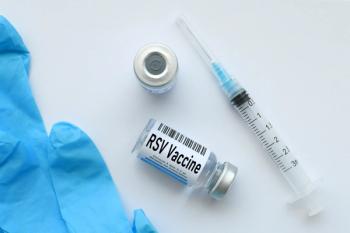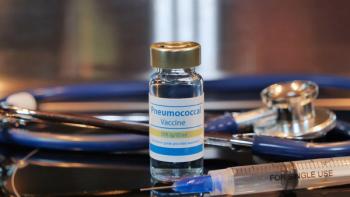
An All-Oral Regimen for Hepatitis C Succeeds in 68% of Difficult-to-Treat Patients
Sixty-eight percent of patients with preexisting liver damage and other poor prognostic factors treated with a combination of sofosbuvir and ribavirin attained functional cure of hepatitis C, as measured by sustained viral response 24 weeks after the end of treatment.
Sixty-eight percent of patients with preexisting liver damage and other poor prognostic factors treated with a combination of sofosbuvir and ribavirin attained functional cure of hepatitis C, as measured by sustained viral response 24 weeks after the end of treatment.
On August 28, 2013, researchers at the National Institute of Allergy and Infectious Diseases (NIAID) published
At the start of the study, a liver biopsy of each patient confirmed that each patient had liver fibrosis indicating a chronic, untreated hepatitis C infection. Investigators screened 79 patients, excluding patients with HIV coinfection, patients with low hemoglobin levels, patients with low platelet counts, and patients with HCV genotypes other than type 1, resulting in 60 qualified participants. Two-thirds of participants were of African descent, two-thirds were men, and just under half (48%) were obese. Almost one-fourth (23%) had advanced liver disease, and more than half (62%) had high levels of HCV (>800,000 copies/mL).
Each of these 60 patients’ level of liver fibrosis was assessed using the Knodell histology activity index (HAI). Because investigators were unsure of the safety of these medications in patients with liver fibrosis, investigators selected 10 patients who had low levels of liver fibrosis to receive medication in the first part of the trial. These 10 patients received low-dose sofosbuvir (400 mg daily) with weight-based dosing of ribavirin (1000 mg daily or 1200 mg, depending on weight). Results,
After the promising results of this early phase, the remaining 50 patients received medication—even patients with compensated cirrhosis. Investigators assigned each of the 50 patients randomly to either group A or group B. The 25 patients in group A received low-dose sofosbuvir (400 mg daily) with weight-based dosing of ribavirin (1000 mg daily or 1200 mg, depending on weight). The other 25 patients, assigned to group B, received a high dose of sofosbuvir (600 mg daily) with low-dose ribavirin (600 mg daily). By the fourth week of treatment, investigators found that levels of HCV were suppressed in 24 of 25 patients in each group. Despite this, 24 weeks after therapy was complete, 7 patients in group A (400 mg sofosbuvir/weight-based ribavirin) and 10 patients in group B (400 mg sofosbuvir/600 mg ribavirin) failed to achieve SVR24.
Using an intent-to-treat analysis, 68% (95% CI: 46% to 85%) of patients in group A and 48% (95% CI: 28% to 69%) of patients in group B achieved SVR24. The difference in SVR24 was not statistically significant, with a 20% probability that the lower rate of SVR24 in group B occurred due to chance.
In a per-protocol analysis, investigators analyzed data by including only patients who received medication for at least 8 weeks, which amounted to 24 of 25 patients in group A and 22 of 25 patients in group B. In this analysis, 71% (95% CI: 49% to 87%) of patients in group A and 55% (95% CI: 32% to 76%) of patients in group B achieved SVR24. Again, the difference between groups was not statistically significant.
Newsletter
Stay informed on drug updates, treatment guidelines, and pharmacy practice trends—subscribe to Pharmacy Times for weekly clinical insights.







































































































































































































